How to grow kiwifruit? Detailed explanation of planting methods of kiwifruit
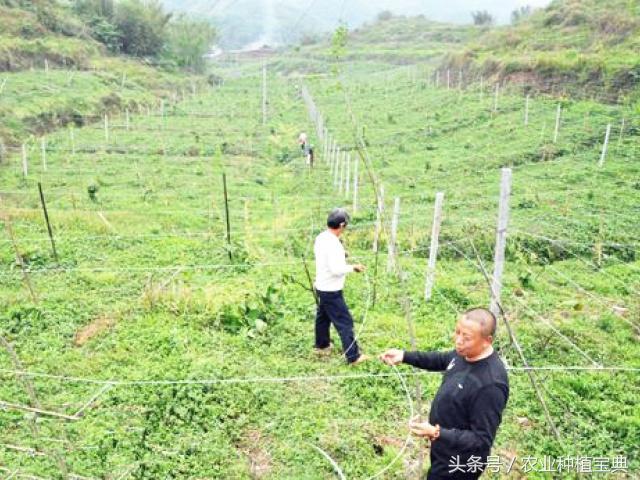
Kiwifruit, a kind of fruit that is very helpful to cardiovascular disease, although its appearance is not so good-looking, but the green flesh is still very attractive, if it is ripe kiwifruit, the taste is also quite good, so what is the planting method of kiwifruit? The environment is very important, and the second is to pay special attention to the prevention and control of kiwifruit diseases and insect pests in management.
Kiwifruit is native to the Yangtze River Basin in China, which is warm and moist, and requires neutral to slightly acidic soil. It is drought-resistant and easy to burn leaves due to strong sunlight. The seedlings can be propagated by tissue culture, cutting, striping, root cutting, ramet and grafting. Kiwifruit is dioecious and needs to be equipped with pollination trees. In general, 8 female plants are equipped with one male plant, and male flower branches can also be grafted on the female plant, requiring the selection of male varieties similar to the florescence of the female plant. So what is the method of growing kiwifruit?
Kiwifruit planting
1. Sowing seedlings: in the middle and late March, remove the seeds, remove the shrunken seeds and mildew seeds and expose them to the sun for 1 day. Soak the seeds in 200PPM gibberellin solution for 5 to 8 hours the next day, remove them and dry them, then mix them with sand for storage. The aim is to activate the seeds and achieve the consistency of budding. When the bud mouth grows, immediately mix sand and sow seeds to ensure uniform seedling emergence. Spray enough water after sowing and cover with fine sand about twice the thickness of the seed. Then build a small arch shed on the planting bed, cover it with white film, and then shade it with a black sunshade net.
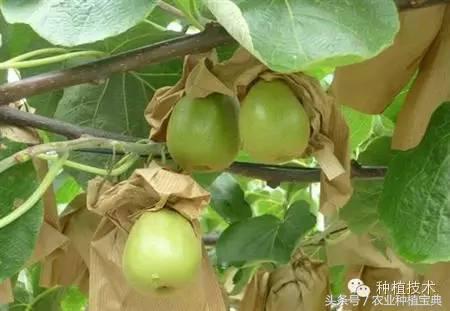
The seedlings can be collected 30 to 45 days after sowing, and the seedlings should be shaded all the time, which is beneficial to the rapid growth of seedlings. After June, the seedlings can be watered with rotten dilute dung water, once every half a month. Potassium dihydrogen phosphate can also be foliar sprayed once a month until September. At the same time, weeds in the seedbed should be pulled out in time.
two。 Bud grafting can be carried out from early June to early September. When budding, select strong seedlings as rootstocks, using the "T" word connection method. First, select the full buds on the scion and cut them into shield-shaped buds. Then draw a "T" shape on the selected rootstock 5 cm above the ground, pick the skin off, insert the shield-shaped bud, and finally tie it up with plastic film to reveal the bud. If the bud is still green after a month, it means that the xylem has been connected together and the grafting is successful. At this time, the upper part of the rootstock is cut off and the management of fertilizer and water is strengthened. the new buds can be sprouted in that year, and they can become commercial seedlings the following year.
3. Root bark grafting: the scion selects the branches on the one-year-old strong and excellent mother plant, and take them along with the grafting. First select the full bud on the scion, cut the top and bottom of the bud horizontally, then cut it vertically on the left and right side, and then peel off the bud according to the "mouth" shape. In the same way, press the "mouth" shape at the root of the rootstock to remove the root bark, stick the scion bud, and tie it with plastic film to expose the bud eye. Finally, the upper part of the rootstock is cut off and planted in the field, and it can become a commercial seedling in the second year.
4. Cutting: select a scion with 2 buds and about the same thickness as the rootstock, cut the upper part of the upper bud flat, and cut the lower part of the lower bud into a wedge. Cut the upper part of the root of the rootstock flat and split, insert the scion at the cambium and plant it tightly in the field with thin film. Because kiwifruit belongs to fleshy root, the root joint is easy to stick, and the survival rate is relatively high.
Selection conditions of kiwifruit planting garden
At present, most of the varieties cultivated in production mainly belong to delicious kiwifruit and Chinese kiwifruit, which mainly originated in the central, southwestern and central and southeastern regions of China. In the later process of cultivation diffusion, it was found that it could be cultivated from Beijing to Hainan, from Yunnan, Guizhou, Sichuan to Taiwan.
The requirements for natural conditions of kiwifruit cultivation are as follows: the annual average temperature is 11.3-16.9 ℃; the extreme maximum temperature is not more than 42.6 ℃, and the extreme minimum temperature is not lower than-15.8 ℃; there is no sharp cold spell in early winter, which suddenly makes the air temperature drop below-12 ℃; the effective accumulated temperature of ≥ 10 ℃ is between 4500 and 5200 ℃; the daily average temperature during the growing period is not less than 10-12 ℃, and there is no strong wind; the absolute temperature in the late frost period is not less than-1 ℃. Frost-free period 160-240 days; annual sunshine hours 1300-2600 hours; natural light intensity 42%-45%; annual rainfall about 1000 mm; relative humidity above 70%: soil layer is deep, loose and fertile, rich in organic matter, pH5.5~6.8, well-drained mountain forest soil, red, yellow, brown, black sandy soil or loam. There are not many places that fully meet these conditions. If there are irrigation conditions in the arid north, drainage and irrigation measures in the humid south, and protective forests in windy areas, they can also be cultivated.
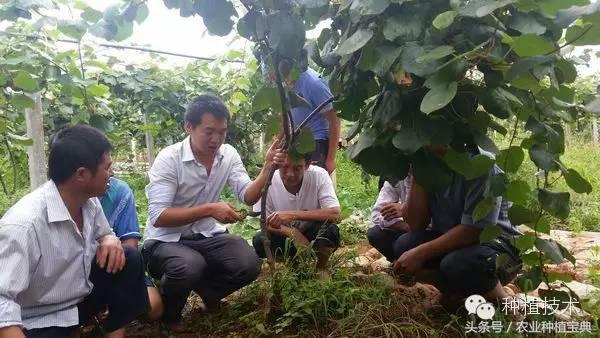
In addition to the above natural conditions, but also consider the local social, economic, traffic, microclimate and site conditions. Generally speaking, there are good public order, sufficient investment, convenient transportation, flat land, fertile soil, convenient drainage and irrigation, sufficient light and mild climate. The plots with non-tuyere and hail lines are all ideal garden sites.
Before pruning, kiwifruit is divided into winter pruning, summer pruning and male plant pruning.
Winter shearing was carried out during the period from defoliation to one month before sprouting in early spring. Leave more main vines and fruiting mother branches, and cut off overdense branches. Thin and weak branches, cross branches and disease and insect branches. Summer shearing is mainly carried out from mid-May to early July to remove sprouting, heart-picking, thinning and binding, timely erase the sprouts on the trunk and arrange the space for the branches. Male plant pruning is carried out after flowering in May-June. Each plant has 3-4 branches, each branch has 4-6 buds, and when the new shoot is 1 meter long, pick the heart.
Generally, the fruit will be thinned 1 month after flowering. Leave middle fruit, sparse edge fruit, up to 1 fruit for every 4-5 leaves. General branches leave 1-2 fruits per 20 cm, weak branches 20-25 cm leave 5-6 fruits. The plant produces 50kg, and 500600 fruits should be left.
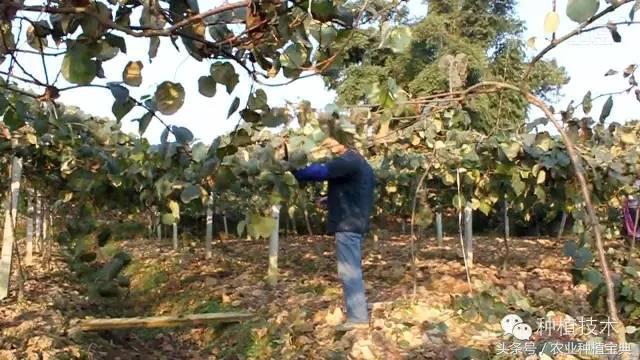
Pest control
The diseases harmful to kiwifruit are anthracnose, root-knot nematode, blight, quenching, root rot, fruit soft rot and so on. Among them, anthracnose harms not only stems and leaves, but also fruits, which can be controlled by spraying 800-fold carbendazim 2-3 times during sprouting. For root-knot nematode disease, fertilizer and water management should be strengthened and 30% carbofuran poisonous soil should be used to control the disease.
The main pests of kiwifruit are mulberry shield scale, Penang pectinate shield scale, ground tiger, beetle, leafhopper, fruit-sucking night moth and so on. The overwintering insects of scale insects were controlled with 1500-2000 times liquid of omethoate or quick culling, and the underground pests were mixed well with fried wheat bran and carbofuran at 10:1 and sprinkled on the ground. For beetles, they were sprayed with 1000 times of trichlorfon or malathion in the evening from late March to early April, or pyrethroids were used. Leafhoppers should be controlled with 1000 times of phoxim EC or fenitrothion.
- Prev
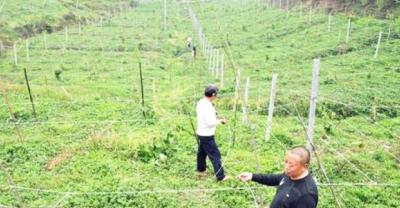
Planting and growth characteristics and cultivation techniques of Pearl Guava
Pearl guava planting growth characteristics and cultivation techniques 1 Pearl guava planting growth characteristics 1.1 growth habits pearl guava vitality, germination ratio.
- Next
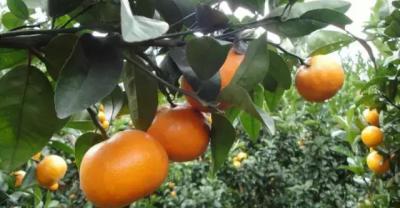
Planting Management of Rice growth period Water and Fertilizer demand
We usually divide a rice growth cycle into seedling stage, green stage, tillering stage, long panicle stage (panicle differentiation stage) and fruiting stage. The seedling stage is mostly in the seedling field.
Related
- Fuxing push coffee new agricultural production and marketing class: lack of small-scale processing plants
- Jujube rice field leisure farm deep ploughing Yilan for five years to create a space for organic food and play
- Nongyu Farm-A trial of organic papaya for brave women with advanced technology
- Four points for attention in the prevention and control of diseases and insect pests of edible fungi
- How to add nutrient solution to Edible Fungi
- Is there any good way to control edible fungus mites?
- Open Inoculation Technology of Edible Fungi
- Is there any clever way to use fertilizer for edible fungus in winter?
- What agents are used to kill the pathogens of edible fungi in the mushroom shed?
- Rapid drying of Edible Fungi

